The FE sector holds rewards for teachers who immerse themselves in it, and one area my team and I have embraced during this period of maths and English resits review is the space and freedom to curate our curriculum.
We’ve spent the last academic year leaning into decision making around teaching and learning via the lens of the resit learner experience, to navigate and remove some of the barriers they face.
With this in mind, it’s essential to remind ourselves that good English resit curriculum design can counter the uncertainty that comes with potential policy reform.
It allows the possibility of trying different keys to unlock doors to learner progress of any kind, all the while maintaining the integrity of why language and expression are so important; they are a catalyst for social mobility and can change the lives of young people.
Write on
This year we adopted Andrew Otty’s Write On project on free writing to help overcome the barriers faced by our functional skills learners. Originally designed to motivate reluctant GCSE-resit students by encouraging writing without the pressure of aim or agenda, it felt like a key worth trying – one that could unlock a more accessible and empowering entryway into writing.
Here’s an account from one of my English team – Ethan Catherall, GCSE and Functional Skills English Teacher at Riverside College – who made free writing the focus of a 10-month project:
The wounds of resit students are rooted in innumerable factors that intermingle to create a disruptive vortex, with the student in the eye of the storm; mental health concerns, low-income households, family upheaval, adverse childhood experiences and local area issues are plentiful in their promulgation. But these are just the headlines amidst a litany of learning obstacles.
Enter FE, with the rope of life and the promise of redemption. This year I met several learners who were bruised by their recent entanglement with GCSE English.
Encountering this level of academic fragility constitutes both the gift and curse of working in FE. I felt compelled to traverse this uncertain fog alongside these learners to influence their healing journey in any way I could. Free writing quickly proved to be a remedy to this malaise.
In the first week, 10 minutes were set aside for learners to settle in their morning seats and write whatever came into their minds. The response was mixed in terms of output. However, I keenly observed something more subtle: a calming effect on the learning environment, even in this fledgling state.
From this point, my research organically started shifting away from just developing written skills; I saw the opportunity to develop the learners themselves, cultivating things like self-efficacy, ambition and resilience, whilst tending to low moods and alleviating anxieties.
Gradually, free writing developed into an immersive experience that was soothing yet explorative. Learners customised their free writing journals with stickers and coloured pens to truly make them their own.
They listened to many genres of music intended to both relax and inspire. They were introduced to works of art and they shared their thoughts. They drew and annotated their own artwork, they watched and commented on world events that unfolded, and their voices were heard.
They imagined themselves travelling the vast planet and boundless spaces beyond even that. They speculated, they hypothesised, they journaled. They became storytellers, they imagined. These students had arrived!
Rising from mental wells
And what did I see? I saw potentials beginning to be realised, souls beginning to sing, outlooks changing, smiles stealthily emerging from behind their shielding gazes. I saw change, poets, authors, explorers, creatives, activists.
In my short time of adopting this strategy in the classroom, I’ve seen students rise from the deepest of mental wells with jewels of insight and rich veins of personality. It invites us to explore and be creative in the same way it does the learners.
The scope of free writing is limitless, its beneficial implications varied and fascinating. I truly believe it could find its place in every classroom if we as practitioners believe in the good it can do and continue to expand its potentialities.
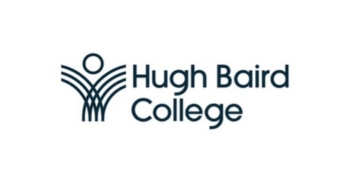



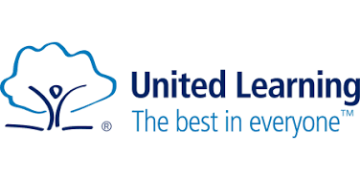

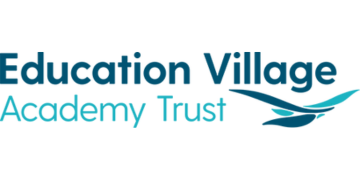

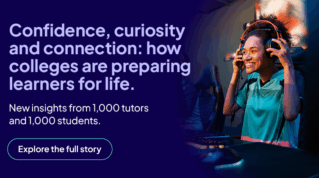


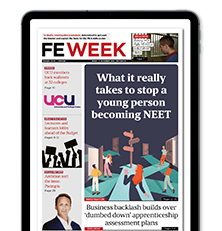
Your thoughts